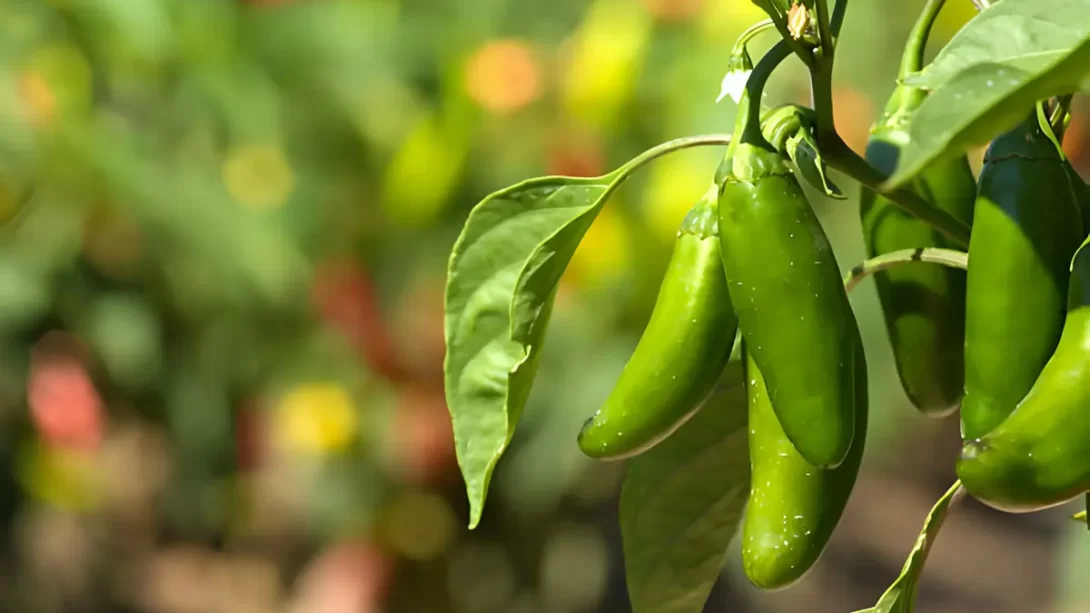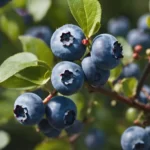Jalapeño peppers, with their distinct balance of heat and flavor, are a favorite in cuisines worldwide. From salsas to stuffed appetizers, they add a spicy kick to various dishes. Understanding the right time to harvest jalapeños is crucial for gardeners, as it significantly influences their taste and heat level. This article provides insights into the growth and harvesting of jalapeño peppers, ensuring you pick them at their best.
Jalapeño Pepper Growth
Jalapeño peppers, belonging to the species Capsicum annuum, are a popular variety of chili pepper. Their growth journey begins as small seedlings and progresses through flowering to fruiting. The peppers initially appear green and mature over time, undergoing noticeable changes in size, color, and texture. The entire process from planting to harvesting can vary in length, depending on the growing conditions but typically spans a few months.
Ideal Conditions for Growing Jalapeños
For jalapeños to thrive, they require warm and sunny conditions, with temperatures ideally between 70-85°F. They grow best in well-draining soil with a slightly acidic to neutral pH. Regular watering is essential, but it’s important to avoid waterlogging, which can lead to root diseases. Adequate sunlight is crucial for the development of capsaicin, the compound that gives jalapeños their heat.
Signs of Maturity in Jalapeño Peppers
Determining when jalapeño peppers are ready to harvest involves observing several key indicators. Mature jalapeños typically reach a size of 3 to 5 inches in length and have a firm, glossy surface. Initially, jalapeños are a vibrant green color, but as they mature, they may turn red or even develop a purplish hue, depending on the variety. Another sign of maturity is corking, which appears as small white lines or cracks on the pepper’s surface. These cracks are normal and often indicate a pepper that’s ready for harvest.
Harvest Timing
Jalapeño peppers can be harvested at various stages, depending on your preference for flavor and heat. Generally, the harvesting window opens when the peppers are firm and green, usually around 70 to 90 days after planting. If left on the plant longer, jalapeños may turn red, indicating a higher sugar and capsaicin content, which translates to a sweeter and hotter flavor. The decision to pick jalapeños green or red depends on the desired balance of heat and sweetness.
Methods of Harvesting Jalapeño Peppers
Harvesting jalapeños correctly is essential to avoid damage to the plant and ensure continued production. It’s best to use a sharp pair of scissors or pruning shears to cut the pepper from the plant, leaving a short portion of the stem attached. Pulling or twisting the peppers off by hand can damage the plant and potentially reduce future yield. Regular harvesting encourages the plant to produce more peppers, extending the harvesting season.
Post-Harvest Handling
After harvesting, proper handling is crucial to maintain the quality of jalapeño peppers. Start by gently washing the peppers to remove any dirt. It’s important to dry them thoroughly to prevent mold and decay. For storage, jalapeños can be kept at room temperature if they are to be used soon. For longer storage, refrigerating in a plastic bag can extend their freshness for up to two weeks. Jalapeños can also be preserved through drying, pickling, or freezing, which allows for their use long after the harvest season.
Factors Affecting Flavor and Heat
The timing of the harvest significantly impacts the flavor and heat of jalapeño peppers. Generally, the longer the peppers remain on the plant, the hotter and sweeter they become. This change is due to the increased concentration of capsaicin, the compound responsible for the heat in peppers. Green jalapeños tend to be milder and crisper, while red ones are hotter and have a bit more sweetness.
Common Challenges in Harvesting
Gardeners often face challenges like pests, diseases, and adverse weather conditions during the jalapeño growing and harvesting period. Common pests like aphids and spider mites can be managed through natural predators or organic insecticides. Diseases such as pepper blight or mildew require good air circulation and proper watering techniques to prevent. Environmental stressors like extreme heat or cold can affect pepper growth and should be mitigated with appropriate measures like shading or mulching.
Conclusion
Harvesting jalapeño peppers at the right time is key to enjoying their optimal flavor and heat. Whether you prefer them green and milder or red and spicier, understanding their growth cycle, signs of maturity, and proper harvesting methods will help you reap the best produce from your plants. With the right care and attention, jalapeño peppers can be a rewarding and flavorful addition to your garden, offering a spicy zest to your culinary creations.




